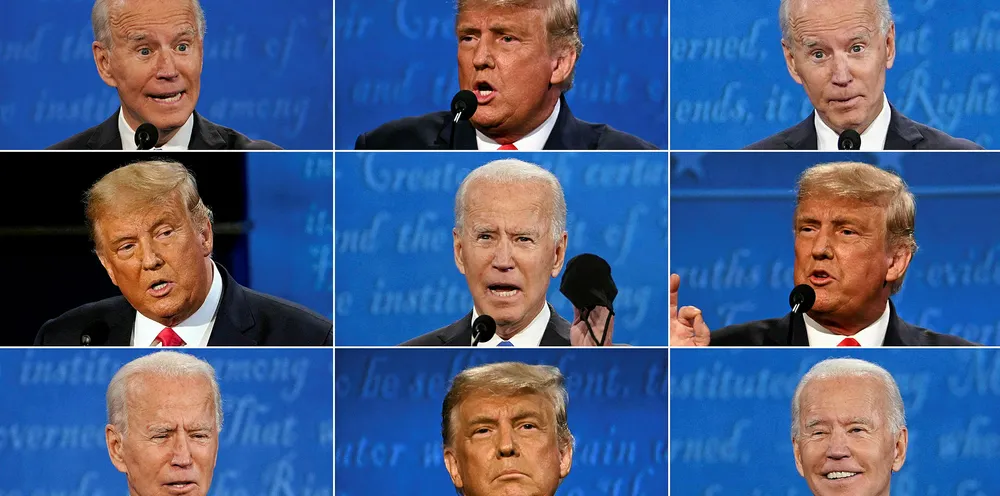US' energy reckoning, floating storms on & the technology that could be climate's holy grail
Our weekly curation of the must-read news and analysis from the-week-that-was in the global renewables industry

Our weekly curation of the must-read news and analysis from the-week-that-was in the global renewables industry
